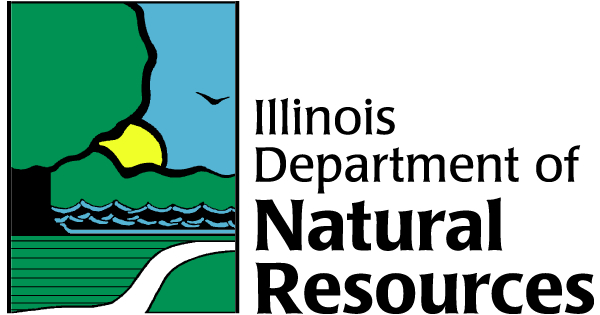Abandoned Mine Lands
Illinois Abandoned Mined Land Reclamation
Early settlers of Illinois mined numerous outcroppings of coal for local use. These earlier mines, often called "dogholes" were shallow, horizontal tunnels driven into generally thin coal seams.
With the onset of industrialization in the mid-1800's the demand for coal began to dramatically increase. Large scale mines were opened, having shafts (vertical openings) or slopes (inclined openings) to access the coal seam and provide ventilation. Railroads allowed for the establishment of large shipping mines. Strip mining of coal began around 1910 with the introduction of the steam shovel for removing the overburden.
By the 1960's more than half of the coal mined was by stripping. From a record level of 1350 mines in 1935, the number of active coal mines has declined precipitously to about 20 today. During the years of rapid technological advancement, little attention was given to the serious adverse effects of coal mining.
By the late 1970's over 200,000 acres of land had been affected by surface and deep mining of coal in Illinois. Of this disturbed acreage, over 22,000 acres were identified as being "problem" acreage. The acreage includes areas with exposed refuse material (gob and slurry), tipple sites, toxic or sparsely vegetated spoil banks, and adversely affected water and land.
By 1977, over one million acres of land had been disturbed by coal mining in the United States, having left thousands of open or inadequately sealed mine shafts and slopes, mine gas leaks, mine fires, polluting refuse piles and spoil ridges as well as subsidence problems.
Attention to these serious health and safety conditions and extensive environmental problems led to enactment of the Surface Mining Control and Reclamation Act of 1977 (Public Law 95-78) which set detailed mining and reclamation standards and regulations for all future coal mining activities.
This act also established an Abandoned Mine Land (AML) program and fund to address the serious coal mining problems which were abandoned prior to August 3, 1977. Extremely hazardous conditions occurring at abandoned non-coal sites such as lead, zinc, and flourspar are also eligible under specific conditions.


